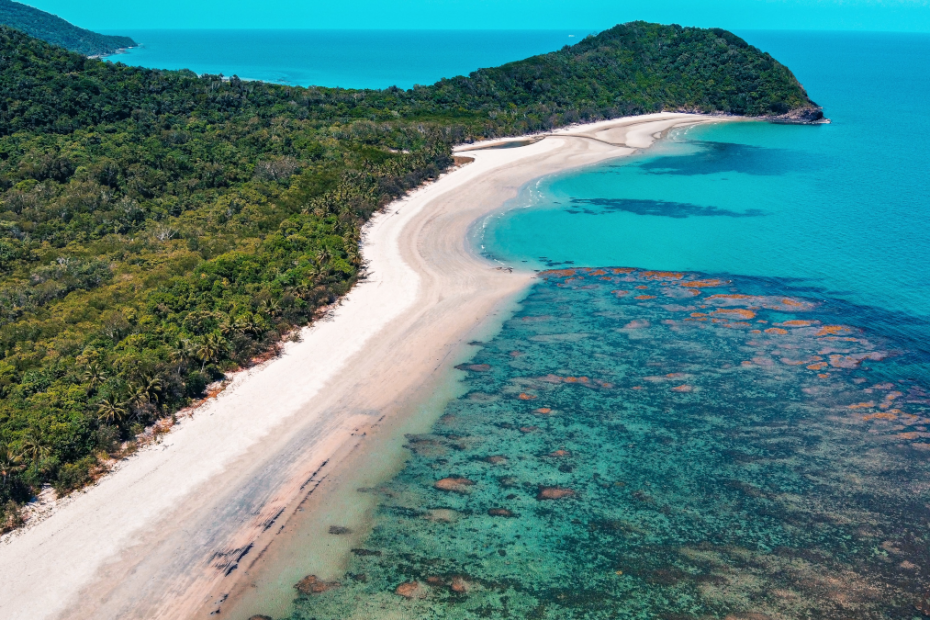The deteriorating state of Australia’s environment will not be helped by the recent Federal Budget. The Budget does provide significant subsidies to green industries, but there is little to help arrest the slide in the health of the environment itself.
Since being elected, the Labor Government legislated targets for a 43% cut in emissions by 2030 and net zero emissions by 2050. It also signed an international biodiversity agreement which committed it to protecting 30% of land and halting biodiversity loss by 2030.
A review of the Environmental Protection and Biodiversity Conservation Act, which governs the protection of places and species as well as approvals for major developments, found that the Act was woefully inadequate. The Government promised to re-write these laws.
Prior to the Budget, the Government announced that it would postpone this legislative re-write indefinitely. Instead, it would establish a new environmental protection agency, Environment Protection Australia, which would strengthen compliance and monitoring of developments, but the new agency will be enforcing the existing inadequate law until reforms are introduced.
Environmental groups are also concerned about the Government’s announcement that it would support a future for gas which includes the potential for opening new gas fields.
The centrepiece of the Budget is the Government’s Future Made in Australia package. Its aim is to intervene in the market to support manufacturing in Australia, especially green industries. Included in the package are:
- $3.2 billion over ten years in additional funding to the Australian Renewable Energy Agency. This includes $1.7 billion in grants for innovation in green metals, low carbon liquid fuels, and batteries.
- $1.7 billion over 10 years for an additional round of Hydrogen Headstart. This will fund the difference between the cost to produce renewable hydrogen and the current market price for eligible firms. Also planned is an additional $2 a kilogram tax incentive for renewable hydrogen produced from 2027–28.
- $7 billion over the medium term for tax incentives in critical mineral production. Firms will be eligible to rebate 10% of refining and processing costs of 31 critical minerals from 2027-28.
- $1.5 billion over ten years for solar PV and battery manufacturing. This will fund grants to firms for manufacturing solar PV components at all stages of the supply chain and batteries.
The Government is banking on a future in which green industries will transform the Australian economy, but whether this is possible is not certain.
While the Government signed a pact to protect 30% of land and halt species extinctions by 2030, nothing in the Budget has been allocated to address our biodiversity and extinction crisis. There is no new money for buying back land, restoring degraded land, actively protecting threatened species and eliminating invasive species.
People certainly need manufacturing for a prosperous economic future and we certainly need our industries to be more ecologically sustainable, but people need a healthy environment too. Conservation needs to be given a much higher funding priority if we are to be a healthy nation, economically, physically and mentally!
